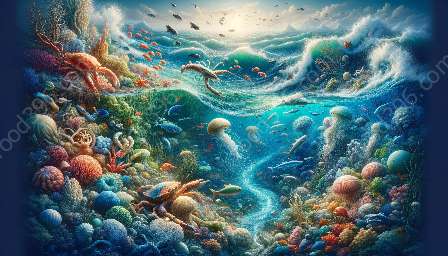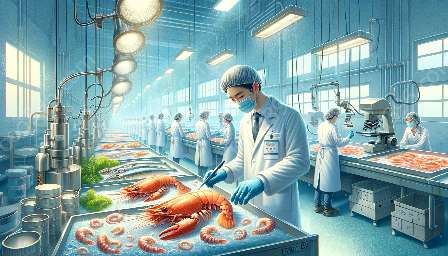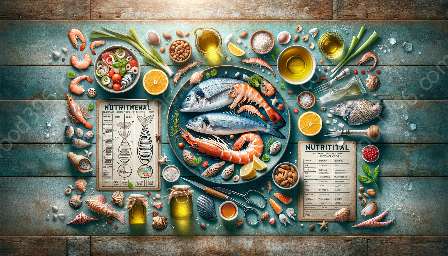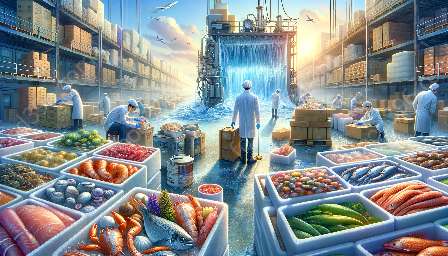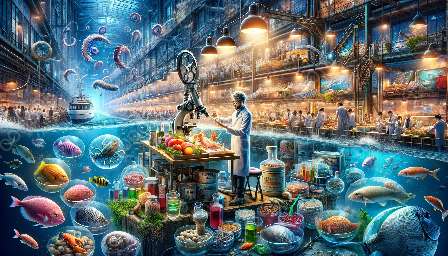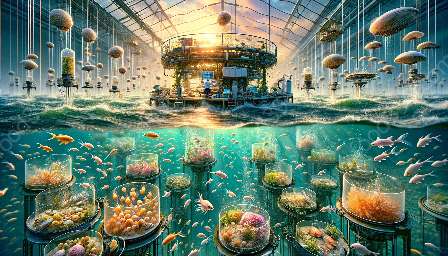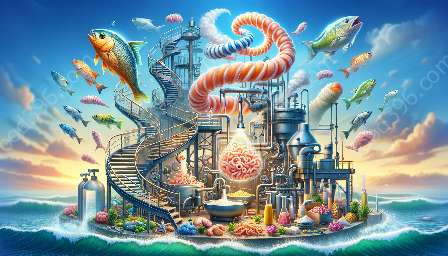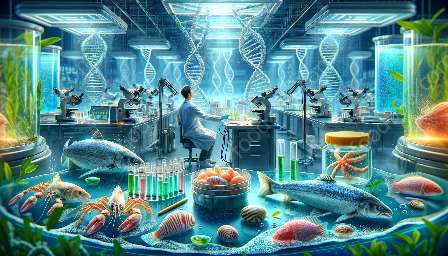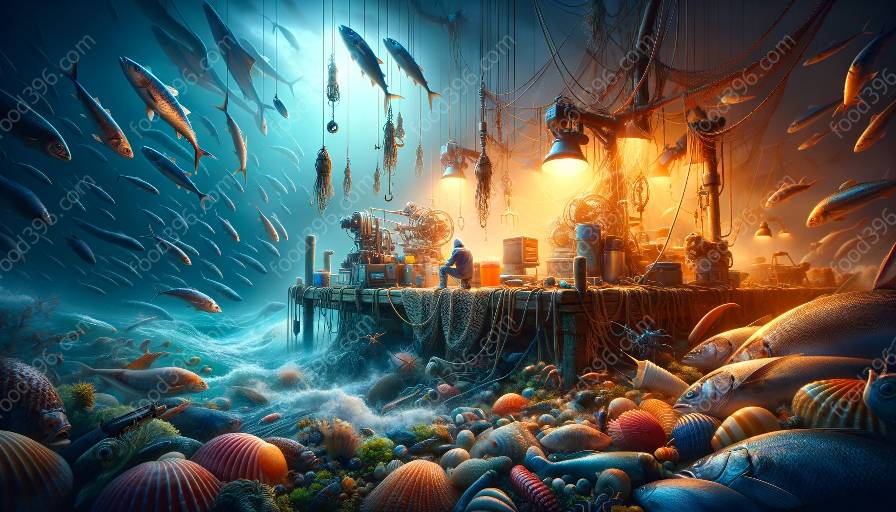Fishing technology and equipment have undergone significant advancements in recent years, revolutionizing the way seafood is harvested, processed, and consumed. These innovations play a crucial role in the sustainable and efficient management of fisheries, as well as the production and distribution of seafood products for the food and drink industry.
Advancements in Fishing Technology
Modern fishing technology encompasses a wide range of tools, equipment, and techniques that have evolved to improve the efficiency and sustainability of the fishing process. From advanced sonar systems to sophisticated vessel positioning technology, these innovations have transformed the industry and contributed to more responsible fishing practices.
Sonar Technology
Sonar technology has revolutionized the way fishermen locate and track fish populations. High-frequency sonar devices, often mounted on fishing vessels, emit sound waves into the water and analyze the echoes to create detailed images of the underwater environment. This enables fishermen to identify schools of fish and make informed decisions about where to deploy their nets or lines.
Vessel Positioning Systems
Global Positioning System (GPS) technology has become an essential tool for modern fishing vessels, allowing them to precisely navigate and locate fishing grounds. By integrating GPS with other data such as sea surface temperature, ocean currents, and fish migration patterns, fishermen can optimize their routes and target specific areas with higher fish densities while minimizing the impact on sensitive marine ecosystems.
Equipment and Tools
In addition to technological advancements, the equipment and tools used in fishing have also undergone significant improvements to enhance productivity and reduce environmental impact. Innovations such as selective fishing gear and efficient handling systems contribute to more sustainable fishing practices and the preservation of marine biodiversity.
Selective Fishing Gear
As part of efforts to minimize by-catch and reduce the impact on non-target species, selective fishing gear has been developed to more precisely capture the intended fish species. Innovations such as escape panels, sorting grids, and mesh size optimization help ensure that only the target species are caught while allowing non-target species to escape unharmed.
Efficient Handling Systems
Efficient handling systems on fishing vessels are designed to streamline the processing of catch, ensuring the preservation of product quality and reducing waste. Advanced cooling systems, automated sorting mechanisms, and rapid freezing technology enable fishermen to maintain the freshness of the harvest and deliver high-quality seafood products to market.
Seafood Science and Innovation
Seafood science plays a vital role in the development of new technologies and techniques for the production, processing, and preservation of seafood. Research in this field focuses on optimizing the nutritional value, safety, and flavor of seafood products, as well as exploring sustainable aquaculture practices to meet the growing demand for seafood globally.
Nutritional Enhancement
Advancements in seafood science have led to the development of methods to enhance the nutritional profile of seafood products. Enrichment of omega-3 fatty acids, reduction of harmful contaminants, and fortification with essential vitamins and minerals have been achieved through innovative processing and formulation techniques, contributing to the overall health and wellness benefits of consuming seafood.
Sustainable Aquaculture
Seafood science and innovation have also driven advancements in sustainable aquaculture practices, addressing the need for responsible and environmentally friendly seafood production. Through research in aquaculture technologies, including recirculating aquaculture systems, efficient feed formulations, and disease management protocols, the industry has made significant strides in reducing its environmental footprint and ensuring the long-term viability of seafood production.
Impact on the Food & Drink Industry
The advancements in fishing technology and seafood science have had a profound impact on the food and drink industry, influencing supply chains, product development, and consumer preferences. These innovations have allowed for the creation of diverse and high-quality seafood products, providing chefs, food manufacturers, and retailers with an array of options to meet the demands of their customers.
Diverse Product Offerings
With improved fishing technology and sustainable fishing practices, the food and drink industry has been able to expand its offerings of seafood products to include a wider variety of species and preparations. This diversification has not only enriched culinary experiences but also promoted the consumption of lesser-known fish species, contributing to the preservation of marine biodiversity.
Traceability and Transparency
The integration of advanced technology in fishing and seafood processing has facilitated greater traceability and transparency within the supply chain. From the point of harvest to the consumer's plate, stakeholders in the food and drink industry can track the origin, handling, and quality of seafood products, enhancing trust and accountability in the market.
Consumer Education and Awareness
The accessibility of information about fishing technology and seafood science has empowered consumers to make informed choices about the seafood they purchase and consume. As consumers become more aware of the sustainable practices and innovations in seafood production, they are increasingly seeking out seafood products that align with their values of environmental responsibility and ethical sourcing.



